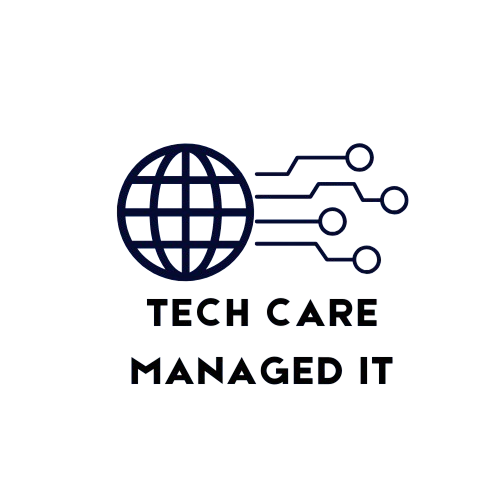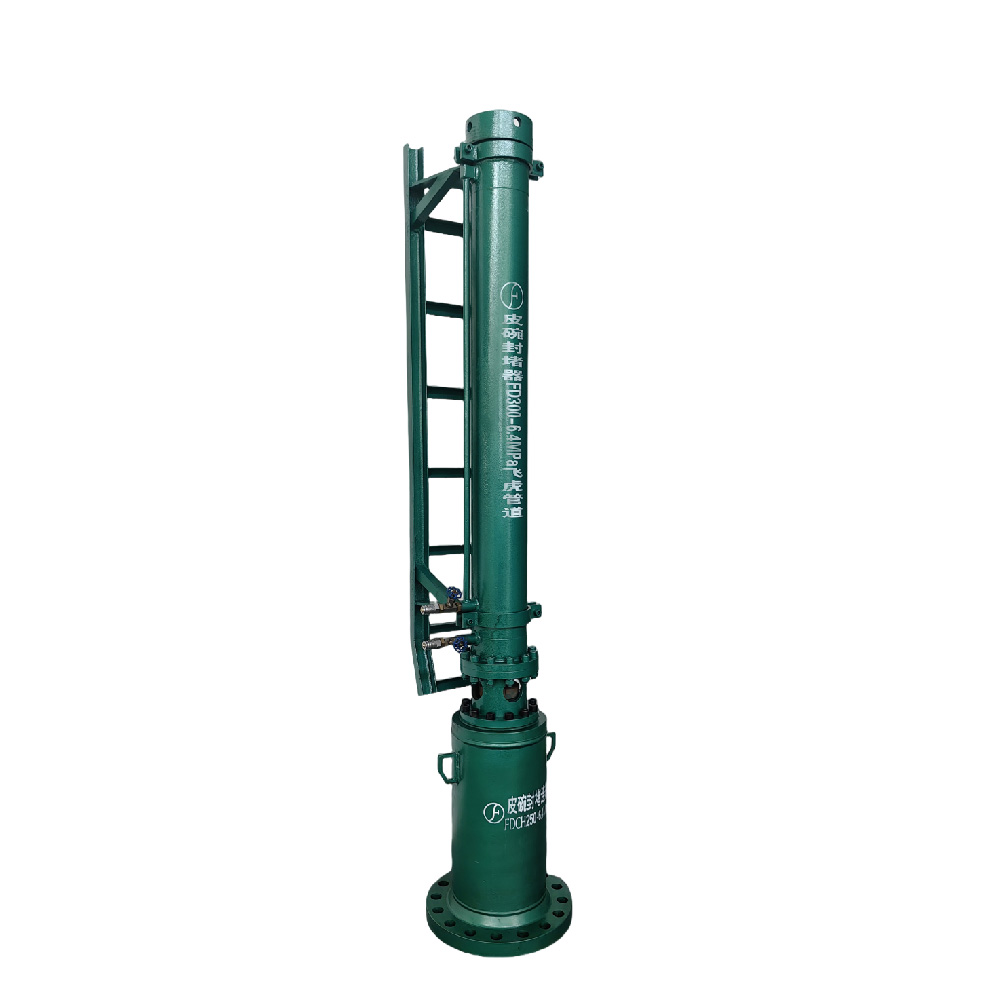Understanding Cold Calling Appointment Setting
Cold calling appointment setting is a strategic process in which sales professionals reach out to potential clients via phone to schedule meetings or presentations. Unlike general cold calling aimed purely at lead generation, appointment setting focuses on moving prospects one step closer to the sales funnel. It requires identifying the right prospects who are likely to benefit from your product or service and tailoring your approach to resonate with their specific needs. Successful appointment setting is not about making a hard sell over the phone; it’s about creating opportunities for meaningful conversations that can lead to future business. By consistently setting appointments, sales teams can increase their pipeline, enhance engagement with prospects, and ultimately boost revenue. Effective cold calling also builds brand awareness, even if the initial call does not result in an immediate appointment. This approach positions your business as professional, reliable, and attentive to the needs of potential clients.
Preparing for Effective Cold Calling
Preparation is crucial for cold calling appointment setting because every call begins before the phone is even picked up. Researching prospects thoroughly ensures you understand their role, company, and potential pain points. Personalization is key—generic scripts often fail to engage prospects, while customized messages demonstrate that you value their time and understand their business. Setting clear goals for the number of calls and appointments to achieve daily or weekly helps maintain focus and motivation. Leveraging technology such as CRM systems can streamline the process by tracking previous interactions, storing contact information, and scheduling follow-ups automatically. Preparing your workspace, testing your equipment, and ensuring a quiet environment also contribute to a more professional and confident call experience. Pre-call preparation sets the stage for successful engagement and increases the likelihood of converting a cold call into a scheduled appointment.
Essential Skills for Successful Appointment Setting
The skills required for cold calling appointment setting extend beyond reading from a script. Active listening allows sales professionals to respond effectively to a prospect’s questions and concerns, making the conversation feel natural rather than rehearsed. Persuasive communication helps convey the value of the product or service while remaining professional and respectful. Handling objections is another critical skill; a prospect may have hesitations that can be addressed with empathy and clear information. Time management is essential, especially when balancing high call volumes with the need to follow up promptly. Confidence plays a significant role in influencing the prospect’s perception and increasing the likelihood of securing appointments. Developing a positive tone and maintaining enthusiasm throughout the call also helps create a welcoming and persuasive environment. Continuous improvement through practice, training, and feedback strengthens these skills over time, allowing sales professionals to handle calls more efficiently and effectively.
Step-by-Step Cold Calling Process
A structured cold calling process increases the chances of successfully setting appointments. Pre-call preparation begins with reviewing prospect information, practicing your script, and establishing a confident mindset. The opening of the call is crucial; a friendly and professional greeting that quickly communicates your purpose can capture attention and build rapport. Transitioning the conversation toward appointment scheduling should be smooth, focusing on how the meeting can address the prospect’s specific needs or challenges. Offering multiple options for meeting times increases the likelihood of agreement. After the call, following up with a confirmation email or message reinforces the commitment and reduces no-shows. Repeating this process consistently while refining scripts and approaches based on results ensures continuous improvement and higher conversion rates.
Overcoming Common Challenges in Cold Calling
Cold calling appointment setting comes with inherent challenges that can discourage even experienced sales professionals. Rejection is common, but it should be viewed as part of the process rather than a personal setback. Gatekeepers may block access to decision-makers, requiring strategies to politely navigate past them without damaging rapport. Prospects may raise objections or questions that deviate from the script, demanding flexibility and quick thinking. Maintaining motivation in a high-volume calling environment is essential to prevent burnout and ensure consistent results. Tracking performance metrics and celebrating small achievements can help sustain morale. Continuous learning and adapting strategies based on feedback also contribute to overcoming obstacles. By acknowledging and preparing for these challenges, sales professionals can remain resilient and improve their success rates in appointment setting.
Measuring and Improving Appointment Setting Performance
Tracking performance is vital for optimizing cold calling appointment setting. Key performance indicators (KPIs) such as calls made, appointments scheduled, and conversion rates provide insights into the effectiveness of the sales approach. Analyzing call metrics helps identify patterns, highlight strengths, and pinpoint areas for improvement. Regularly reviewing scripts, objection-handling strategies, and call techniques allows sales professionals to refine their methods. Role-playing and coaching sessions contribute to skill enhancement by providing real-time feedback. Leveraging CRM data ensures follow-ups are timely, personalized, and effective, enhancing the likelihood of appointment confirmations. Continuous measurement and improvement help sales teams maintain high productivity and achieve better results over time.
Technology and Automation in Cold Calling Appointment Setting
Modern technology and automation tools significantly enhance cold calling appointment setting. Dialers, CRM integrations, and AI-driven tools allow sales professionals to manage calls more efficiently and focus on high-priority prospects. Automation can handle repetitive tasks such as call logging, follow-ups, and appointment reminders, freeing up time for personalized engagement. Maintaining a balance between automation and human interaction ensures that calls feel authentic rather than robotic. Tracking appointments, monitoring conversion rates, and analyzing engagement data provide actionable insights for refining strategies. Sales teams that leverage technology effectively can increase their productivity, improve lead targeting, and achieve higher appointment-setting success. Adopting the right tools and processes ensures consistent performance while keeping the human element central to client interactions.
Frequently Asked Questions (FAQ)
- What is the difference between cold calling and appointment setting?
Cold calling is the act of reaching out to potential prospects, often to generate leads, while appointment setting specifically aims to schedule meetings or presentations with qualified prospects. - How many calls per day are ideal for effective appointment setting?
While the exact number varies based on industry and target audience, most sales professionals aim for 50–100 calls per day to maintain consistent engagement and achieve results. - What are the most effective scripts or templates for cold calling?
Scripts that are concise, personalized, and focused on the prospect’s pain points work best. They should include a strong opening, value proposition, and clear call-to-action for scheduling appointments. - How can I handle objections without sounding pushy?
Listening carefully, empathizing, and providing relevant solutions help address objections respectfully. Offering choices and emphasizing the value of a meeting rather than pressuring the prospect also improves outcomes. - Can cold calling appointment setting work in any industry?
Yes, but the approach may vary depending on the industry, decision-maker profiles, and typical client behavior. Tailoring your message to the prospect’s specific needs is essential for success.
Takeaway
Cold calling appointment setting remains a powerful strategy for building sales pipelines and generating meaningful business opportunities. By preparing thoroughly, mastering essential skills, and following a structured process, sales professionals can increase their success rates. Overcoming challenges with resilience, leveraging technology, and continuously measuring performance ensures ongoing improvement. With a professional approach, personalization, and persistence, cold calling appointment setting can become a reliable method to secure appointments, foster relationships, and drive revenue growth.











